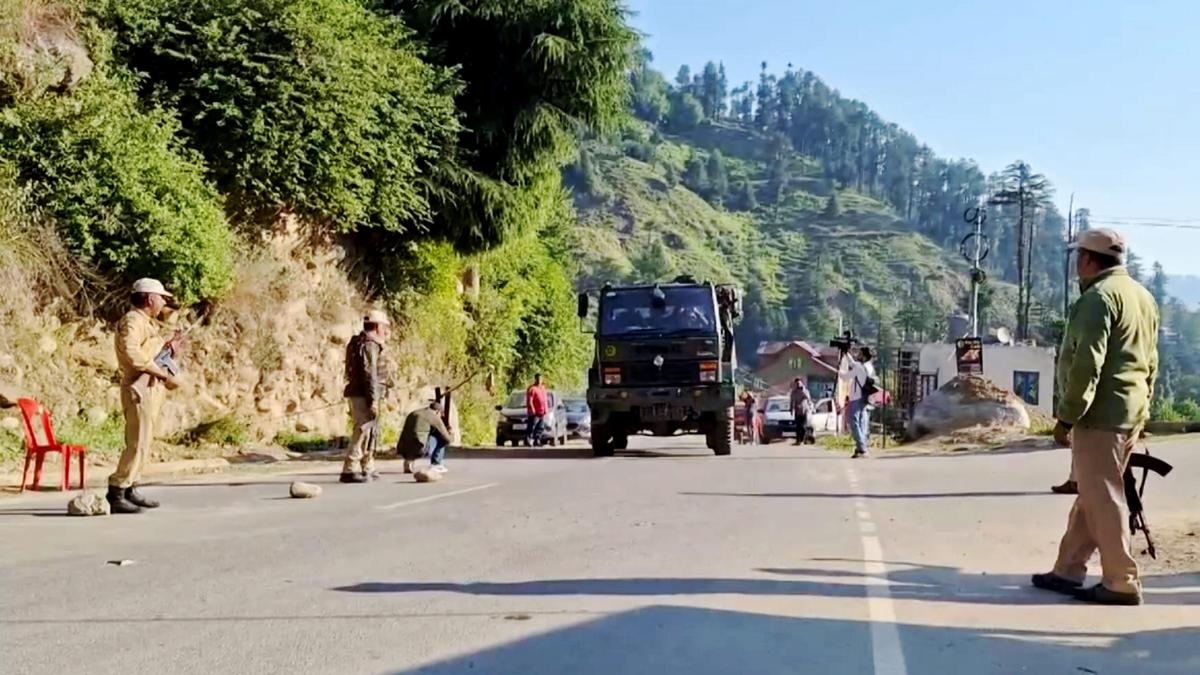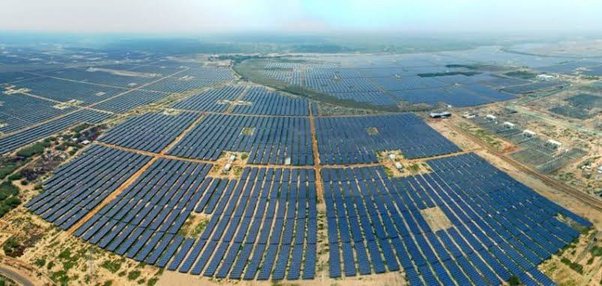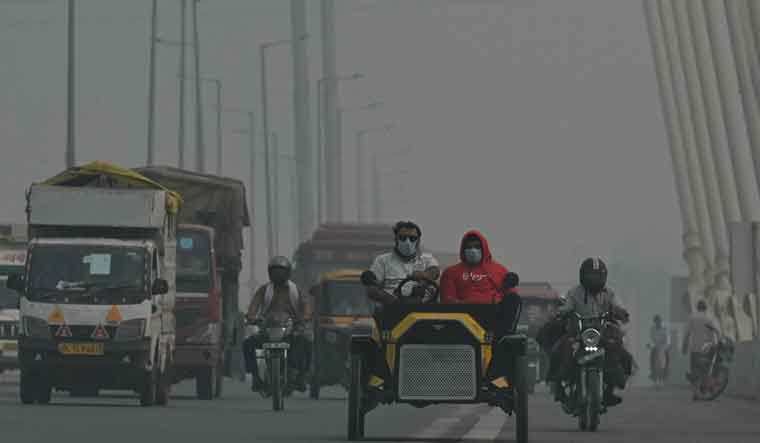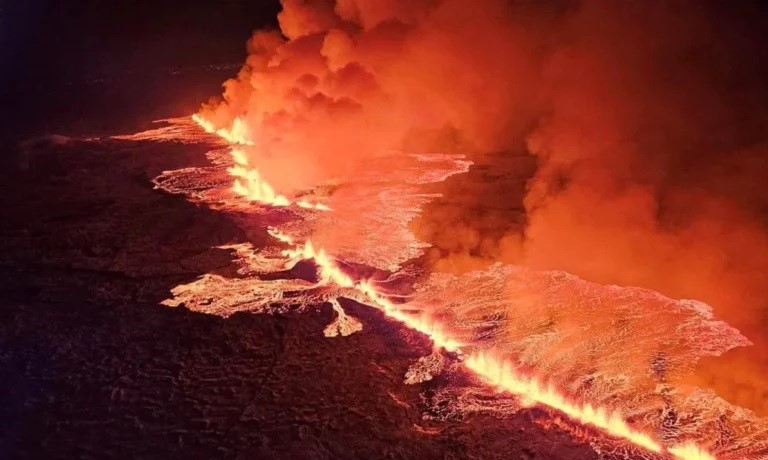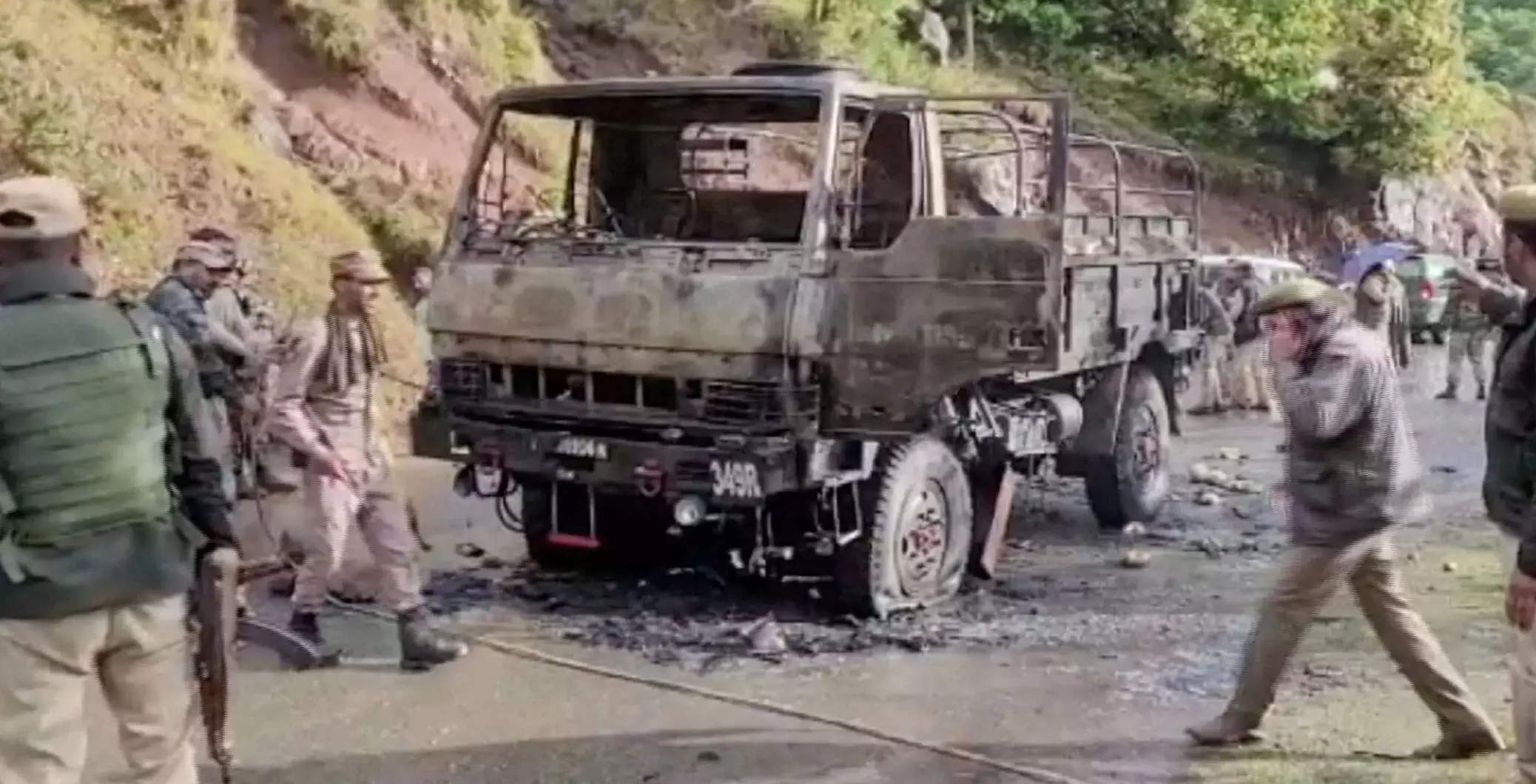
On Monday, a strong earthquake occurred in central Japan, leaving tens of thousands of houses without electricity, demolishing structures, injuring at least one person, and forcing others living in coastal areas to evacuate for higher ground.
A preliminary magnitude of 7.6, the earthquake caused waves that were approximately one meter in height along the west coast of Japan and neighboring South Korea.
For Ishikawa prefecture, the Japan Meteorological Agency (JMA) first issued a significant tsunami warning. This was the agency’s first action since the earthquake and tsunami that slammed northeast Japan in March 2011 and killed around 20,000 people. That was later given a lower priority before being reduced to an advisory.
The U.S. Geological Survey claims that it was the greatest earthquake to strike the area in more than 40 years.
According to government spokesperson Yoshimasa Hayashi, reporters were informed that houses were demolished, fires started, and army soldiers were sent to assist with rescue efforts.
In Shika Town, Ishikawa, an old man was declared deceased following the collapse of a structure, according to local police, as reported by broadcaster NTV.
A structure in the city of Suzu collapsed in a cloud of dust, and terrified-looking parents grabbed their children as a massive fracture in a road in Wajima was shown on local television footage from the prefecture.
A witness shared video of the Keta Grand Shrine near the Hakui shoreline trembling during the earthquake to the social networking platform X, where a large number of onlookers were present. “It’s swaying,” she says dramatically. “This is scary!”
On January 1st, as the traditional start of the new year, millions of Japanese people attend shrines and temples.
Images from the adjacent renowned tourist town Kanazawa showed the broken fragments of a stone gate scattered at the entrance to another shrine, watched over by worried worshippers.


The neighboring prefecture of Nagano felt the jolt as well. Taiwanese traveler Jonny Wu, who is vacationing in Nagano for skiing, told Reuters, “The snow from the electric wire (came down), and also from the roof it fell down and all the cars are shaking, and so everybody was panicked.”
Over the next several days, more powerful earthquakes may occur in the area, where seismic activity has been simmering for more than three years, according to JMA spokesman Toshihiro Shimoyama.
North Korea and Russia have also issued tsunami warnings for specific regions.
As of Monday night, nearly 97,000 residents of nine prefectures along the western coast of Japan’s main island, Honshu, were under evacuation orders, according to the Japanese government. They were scheduled to spend the night in school gymnasiums and sports halls, which are frequently utilized as emergency evacuation hubs.
Ayako Daikai, a resident of Kanazawa, stated that shortly after the earthquake, she and her husband and two kids fled to a nearby elementary school. She reported that there were evacuees crammed into the gyms, hallways, stairwells, and classrooms.
When contacted by phone by Reuters, she stated, “We haven’t decided when to return home yet.”
Even though access to quake-affected areas was difficult due to blocked roads, Japanese Prime Minister Fumio Kishida told reporters late on Monday that he has ordered search and rescue personnel to do everything necessary to save lives.
Following the catastrophe, the Imperial Household Agency announced that it will postpone Emperor Naruhito and Empress Masako’s scheduled New Year’s appearance for Tuesday.
The earthquake strikes at a crucial moment for Japan’s nuclear sector, which has been confronted with strong opposition from certain residents ever since the earthquake and tsunami that occurred in 2011 and led to the Fukushima nuclear meltdowns. The calamity destroyed entire communities.
The largest nuclear power station in the world, Kashiwazaki-Kariwa, was placed under an operating prohibition by Japan last week. The plant has been shut down since the 2011 tsunami.
According to the Nuclear Regulation Authority, no anomalies have been verified at any nuclear plants by the Sea of Japan, including the five operational reactors at the Ohi and Takahama plants in Fukui Prefecture owned by Kansai Electric Power (9503.T).


The closest nuclear power plant to the epicentre, Hokuriku’s Shika plant in Ishikawa, had already stopped operating its two reactors before to the earthquake for routine inspections and had not experienced any seismic damage, according to the agency.
In the neighboring prefecture of Niigata, 700 families still lack electricity, according to Tohoku Electric Power (9506.T).
Between Kanazawa and Toyama, there are four bullet train services that have halted. As of late Monday, West Japan Railway (9021.T) stated that 1,400 people were still stranded on these trains.
According to transport authorities, flaws in the runway prompted the closure of one of Ishikawa’s airports.
While Japan Airlines (9201.T) canceled the majority of its flights to the Niigata and Ishikawa regions, ANA (9202.T) turned back aircraft bound for airports in Toyama and Ishikawa.
































































